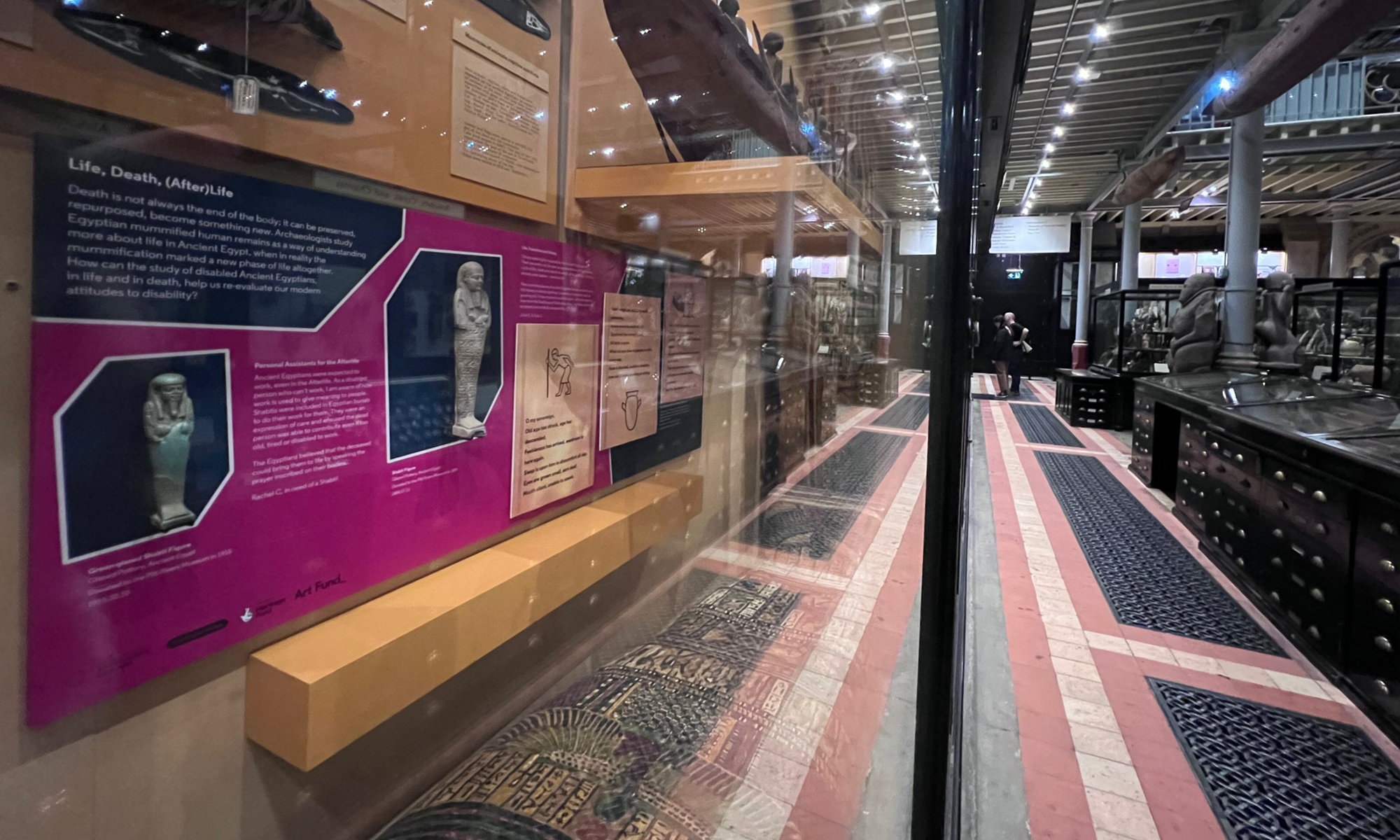Life, Transition, and Onions
Onions were highly regarded by the Ancient Egyptians. Their concentric circles seen as representations of the universal cycle of life, death and rebirth to which all living things - humans, animals, even deities - were bound. Many surviving pieces of Ancient Egyptian literature touch upon this theme, marking significant moments of transition, such as growing old. These moments could be scary - as these opening lines from the Teachings of Ptahhotep show - but they were to be accepted, and carefully prepared for.
Juliet E. and Kyle J.
This display also includes an artwork of onion-dyed paper printed with excerpts from the Teachings of Ptahhotep, (Ancient Egyptian, Middle Kingdom). The text is provided below with the translation by Stephen Quirke, available online via the Digital Egypt resource provided by the Petrie Museum of Egyptian and Sudanese Archaeology.
O my sovereign
Old Age has struck, age has descended,
Feebleness has arrived, weakness is here again.
Sleep is upon him in discomfort all day.
Eyes are grown small, ears deaf,
Mouth silent, unable to speak,
Heart emptied, unable to recall yesterday.
Bones ache his whole length.
Goodness has turned to evil.
All taste is gone.
What old age does to people is evil in every way.
Nose is blocked, unable to breathe,
how old (it feels) standing or sitting.
Let a staff of old age be decreed to be made for this humble servant.
Let him be told the speech of those who assess,
the advice of the ancestors once hear by the gods.
Then the same may be done for you,
strife may be removed from the populace,
and the Two Shores may toil for you.

